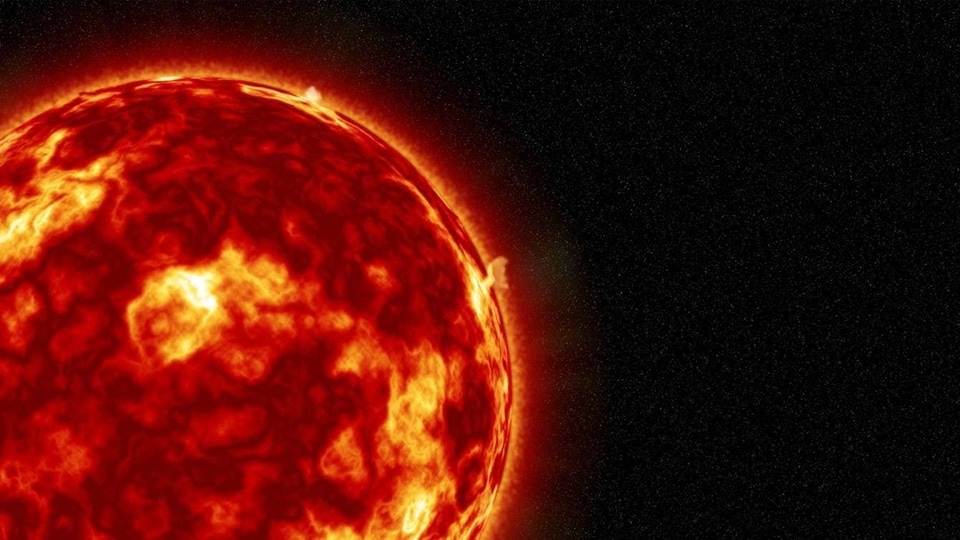Dangerous sunspot boosts solar flare risk to new high today! Blackouts expected
Solar flare risk has increased manifold today today due to this dangerous sunspot. Check out NOAA warning.






 View all Images
View all ImagesA dangerous sunspot has emerged on the Sun and it may have a significant effect on Earth! Just a few days ago, there was no sign of sunspot AR3315. However, according to SpaceWeather.com, it has now become the largest and most dangerous sunspot on the visible part of the Sun- the side facing the Earth at the moment. This sunspot, designated as AR3315, possesses a magnetic field classified as 'beta-gamma-delta,' which contains a considerable amount of energy capable of triggering powerful eruptions. For those who may not know, a sunspot is a dark, relatively cooler region that appears on the surface of the Sun due to intense magnetic activity. The experts at NOAA predict a 55 percent probability of an M-class solar flare. However, things may get really serious too. It also says there is a 10 percent chance of X-flares occurring on May 28th.
As per NASA, solar flares are categorized based on their intensity using a logarithmic scale. The scale begins with the smallest flares classified as A-class, which are close to background levels. It then progresses to B, C, M, and X, with each subsequent class representing a tenfold increase in strength. Thus, an X-class flare is ten times more powerful than an M-class flare and a hundred times more intense than a C-class flare. Within each letter category, there is a further subdivision from 1 to 9 to provide a more detailed assessment of the flare's strength.
Impact on Earth
Will this solar flare will have an impact on Earth? It seems so! The report says that any eruption will be geoeffective because the sunspot is directly facing Earth. As per the National Oceanic and Atmospheric Administration's (NOAA) three-day forecast of space weather, there is a chance for R1-R2 (Minor-Moderate) radio blackouts, and a slight chance for R3 (Strong), over the next couple of days from May 28th to 30th. Radio blackouts refer to disturbances in radio communications, particularly those operating in certain frequency bands, caused by intense solar activity.
How scientists monitor solar flares
The National Oceanic and Atmospheric Administration (NOAA) monitors Solar Flares and Sun's behaviour using its DSCOVR satellite which became operational in 2016. The recovered data is then run through the Space Weather Prediction Center and the final analysis is prepared. The satellite tracks different measurements of the Sun and its atmospheres such as temperature, speed, density, degree of orientation, and frequency of the solar particles.
NASA has other spacecraft monitoring the Sun and these include SOHO, ACE, IRIS, WIND, Hinode, the Solar Dynamics Observatory, and STEREO.
Catch all the Latest Tech News, Mobile News, Laptop News, Gaming news, Wearables News , How To News, also keep up with us on Whatsapp channel,Twitter, Facebook, Google News, and Instagram. For our latest videos, subscribe to our YouTube channel.































